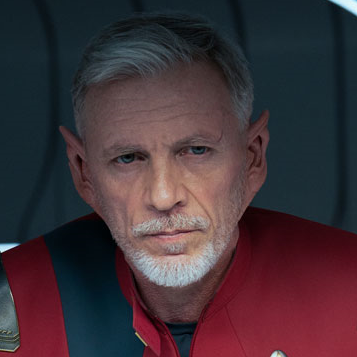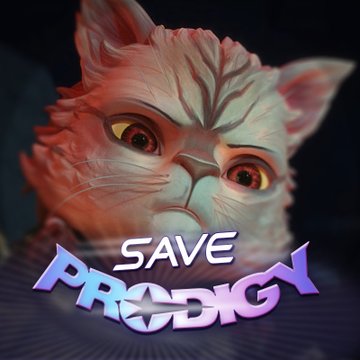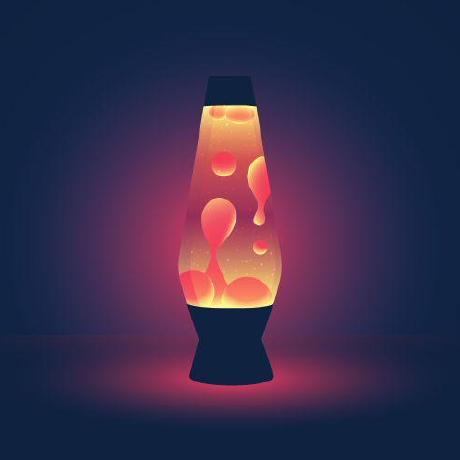These 10 episode seasons are killing me, who’s responsible for us not getting 24 episodes?
I dunno, I’d rather get 10 episodes per season and have all or most be bangers than have 20+ and have to wade through the subpar episodes.
@onehellofausername @sarsaparilyptus
I’m pretty cool with subpar episodes. They still add to the world, and give me something to watch with characters I enjoy. Of the series I like(almost all of them), there isn’t a single episode I skip on rewatch. The “bad” ones bulk out the series and make it last longer.
Yeah, I hate this trend. If anything they should have moved from 24 to 52 episodes. Why not a new episode every week, forever.
Even linear television dropped to 16, then further to 12 or even ten. Some serialized sci-fi shows are 6.
One thing to keep in mind, especially with science fiction and fantasy shows is that they take an enormous amount of time and resources to make in UHD. It’s a very unforgiving medium that shows up every tiny flaw in prosthetic makeup, costume construction and set and prop fabrication. The primary shooting takes much, much longer for each episode, 1.5 to 2 times what it did in the 90s.
Yes, they can take short cuts but there is a price for it in terms of quality. As a concrete example, Picard season three decided to go with ambient lighting from the set rather than move and recalibrate lights for every side of every scene (usual practice). It reduced the amount of time needed to shoot each scene, as they could go immediately from one side and scene to another. It did however mean that the final product was darker than many older fans preferred, especially if they didn’t have the newest OLED televisions.
Another thing to keep in mind is that the actors want to be able to work on other projects or have time for their families. Many shows have more established cast members simply because working on Star Trek no longer means locking into a single show for seven years of their careers.
Anson Mount has said publicly and repeatedly that he found doing the 14 episode second of Discovery took too much of his life. He particularly noted that the bridge filming days were very long and arduous, even though he enjoyed being together with the whole main cast for them. It’s known then that he personally wouldn’t go for a longer season.
Isn’t that why you have bottle episodes that keep things more like a stage show (some of best and some.of worst are bottles) and also you have episodes centered on part of the cast maybe a few to give others a break then another charecter has an episode. Even in the old series they found ways around the issues.
Bottle episodes don’t perhaps save as much as they used to.
With the UHD, the bottle episodes involve a great deal of interior ship scenes with extensive lighting issues. Anson Mount has talked about ‘bridge days’ as being some of the most gruelling shooting days on Discovery.
Yes can bottle episodes save on new/redressed sets and new props, but they also cause more wear and tear on the sets themselves. The makeup challenges are no less although SNW has just has Spock with prostheses within the main cast.
In the end, we have to accept that for new shows to be visually engaging for new fans, they need to be up to the same product standards as other new science fiction. That standard is very high and there are few short cuts.
One thing to keep in mind, especially with science fiction and fantasy shows is that they take an enormous amount of time and resources to make in UHD. It’s a very unforgiving medium that shows up every tiny flaw in prosthetic makeup, costume construction and set and prop fabrication. The primary shooting takes much, much longer for each episode, 1.5 to 2 times what it did in the 90s.
Yes, they can take short cuts but there is a price for it in terms of quality.
So does film. TNG was shot on 35mm, and even if you assume they were using cheap, shitty film with large grain, that’s still equivalent to well over 3,000 lines of vertical resolution in digital terms. Drop some extra cash on decent 35mm and it makes UHD look like a joke. Obviously I’m aware that they were then converting it to videotape for TV and expected certain shortcuts to be blended by crushing the resolution, but we can watch the film transfers officially now—and bootlegs have been circulating since before that, too, and the show looked fine. All that is to say that TNG was shot with the same considerations in mind that SNW has, but they cranked out 20+ episodes a season for 7 years and it still holds up (especially after season 1).
I don’t disagree with what you’re saying, just the premise: they could do it the way they used to, but people who wear expensive suits would rather spend the money on themselves. Let’s not entertain the idea that it was ever anything else. The reason I asked who’s responsible is not because I don’t understand the motivation, I do, it’s money. I asked so I can smear dog shit on the door handle of his car.
I work in the film industry and can say, with certainty, that TNG was not shot with the same consideration.
Television back then knew it was being mastered for SDTV and the artists had a good idea of what it meant they could get away with compared to something that would be screened in 35mm. Final screening medium has always been the most important consideration, not capture medium.
Audiences have also gotten less forgiving of visual quality and less willing to suspend disbelief as the bar for quality has steadily risen. It means that shows are both working on higher definition target mediums and under more scrutiny than ever.
Like, I love TNG but go watch and tell me that it looks half as good as SNW.





